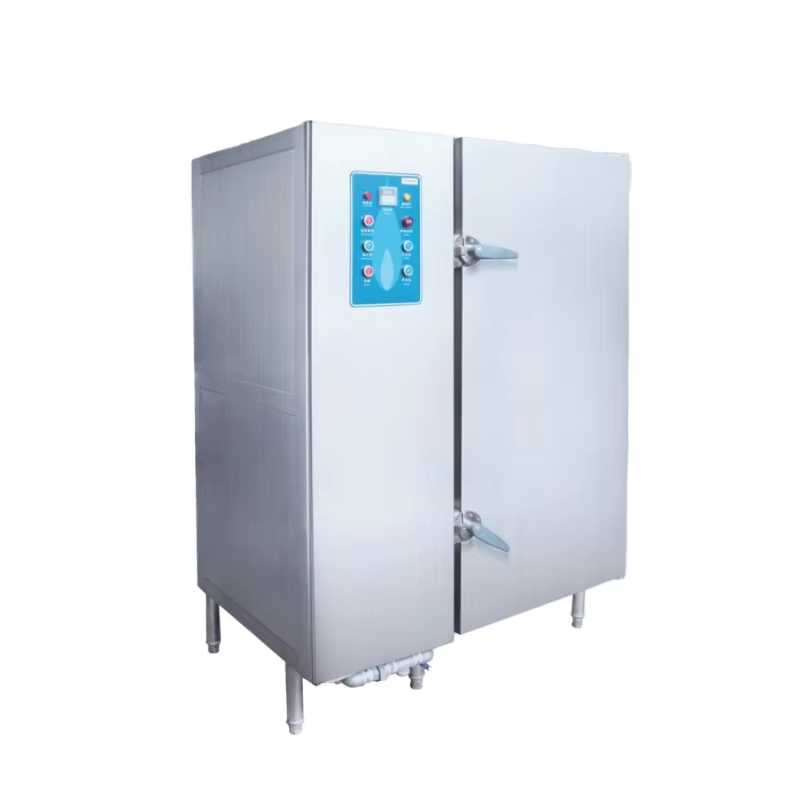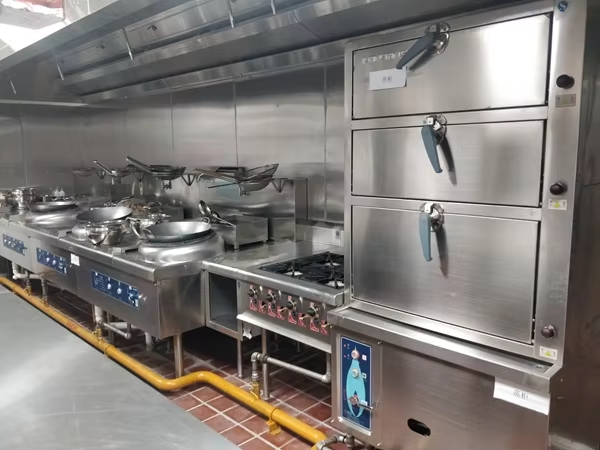The Global Coffee Market and Its Impact on Roaster Factories: An In-Depth Analysis
The Global Coffee Market and Its Impact on Roaster Factories
Table of Contents
- 1. Overview of the Global Coffee Market
- 2. Key Trends Influencing Coffee Consumption
- 3. The Role of Roaster Factories in the Coffee Supply Chain
- 4. Technological Innovations in Coffee Roasting
- 5. Sustainability in Coffee Production and Roasting
- 6. Economic Factors Affecting Roaster Factories
- 7. Challenges Faced by Roaster Factories Today
- 8. Future Outlook for Roaster Factories in a Changing Market
- 9. Frequently Asked Questions
1. Overview of the Global Coffee Market
The global coffee market has seen unprecedented growth over the past decade. Valued at approximately **$102.15 billion** in 2020, it's projected to reach **$155.64 billion** by 2026, growing at a CAGR of **7.60%**. This expansion is driven by increasing coffee consumption rates, particularly among millennials and Gen Z consumers, who are exploring diverse coffee varieties and brewing methods.
2. Key Trends Influencing Coffee Consumption
Various trends significantly impact how coffee is produced and consumed globally. Here are some key trends:
2.1 Rise of Specialty Coffee
The specialty coffee segment has gained traction as consumers seek high-quality, ethically sourced beans. Roaster factories must adapt to this demand by investing in premium beans and honing roasting techniques.
2.2 Health Consciousness and Coffee
With a growing awareness of health and wellness, coffee is often perceived as a healthier beverage choice. The introduction of functional coffee blends that include supplements like collagen and adaptogens caters to this trend.
2.3 Sustainability and Ethical Sourcing
There's a strong push towards sustainable practices within the coffee industry. Consumers prioritize brands that demonstrate environmental responsibility and support fair trade practices.
3. The Role of Roaster Factories in the Coffee Supply Chain
Roaster factories play a critical role in the coffee supply chain, acting as the bridge between coffee producers and consumers. They are responsible for transforming green coffee beans into the aromatic product that consumers enjoy.
3.1 Sourcing Quality Green Beans
Roaster factories must establish strong relationships with coffee growers to ensure a steady supply of high-quality beans. Implementing direct trade practices can enhance transparency and sustainability.
3.2 Techniques in Coffee Roasting
The roasting process is an art that significantly affects the flavor profile of the coffee. Roasters must be skilled in various roasting methods, such as drum roasting and air roasting, to produce a consistent and desirable product.
4. Technological Innovations in Coffee Roasting
Technology is revolutionizing the coffee roasting industry. Innovations are enabling roasters to enhance efficiency, precision, and quality.
4.1 Data-Driven Roasting
Roaster factories are increasingly utilizing data analytics to monitor and adjust roasting profiles. This technology allows for precise control over variables such as temperature and duration, ensuring optimal flavors.
4.2 Automation in Roasting Processes
Automated roasting machines are becoming popular, reducing human error and increasing production capacity. This shift allows roaster factories to scale operations while maintaining consistent quality.
5. Sustainability in Coffee Production and Roasting
Sustainability is a vital concern for consumers and producers alike. Roaster factories are implementing eco-friendly practices to minimize their environmental impact.
5.1 Eco-Friendly Packaging Solutions
Many roasters are adopting biodegradable and recyclable packaging materials, reflecting their commitment to sustainability.
5.2 Energy Efficient Roasting Technologies
Investing in energy-efficient roasting equipment not only reduces operational costs but also lessens the carbon footprint of the roasting process.
6. Economic Factors Affecting Roaster Factories
The economic landscape plays a significant role in the coffee market. Roaster factories must navigate various economic challenges, including fluctuating coffee prices and changing consumer spending habits.
6.1 Impact of Coffee Prices on Roasting Operations
Coffee prices are influenced by global supply and demand dynamics. Roaster factories must develop strategies to mitigate risks associated with price volatility.
6.2 Adapting to Consumer Preferences
As consumer preferences evolve, roaster factories must remain agile, adjusting their offerings to meet shifting demands for flavors, blends, and brewing methods.
7. Challenges Faced by Roaster Factories Today
Roaster factories confront several challenges in a competitive market. Understanding these challenges is crucial for sustained growth and innovation.
7.1 Supply Chain Disruptions
Recent global events have highlighted the vulnerabilities in supply chains. Roaster factories must develop contingency plans to address potential disruptions in the sourcing of green beans.
7.2 Competition from Large Coffee Brands
Independent roaster factories often face stiff competition from large coffee brands that have significant resources and marketing budgets. Differentiating their offerings is essential for survival.
8. Future Outlook for Roaster Factories in a Changing Market
Looking ahead, roaster factories must be prepared to navigate an evolving coffee landscape.
8.1 Embracing Innovation
Continued investment in technology and innovation will be critical for roaster factories seeking to remain competitive. This includes exploring new roasting techniques and product offerings.
8.2 Strengthening Community Connections
Building strong connections with consumers and local communities will enhance brand loyalty. Roaster factories should consider participating in community events and supporting local initiatives.
9. Frequently Asked Questions
9.1 What are the main factors driving the growth of the global coffee market?
The primary factors include increasing coffee consumption, the rise of specialty coffee, and a heightened focus on sustainability.
9.2 How can roaster factories ensure quality control?
Implementing standardized roasting profiles and utilizing data analytics can help maintain consistency and quality in the roasting process.
9.3 What sustainable practices should roaster factories adopt?
Roaster factories can adopt eco-friendly packaging, energy-efficient roasting technologies, and source beans from sustainable producers.
9.4 How do economic factors influence coffee prices?
Economic factors such as supply chain disruptions, changes in consumer demand, and global market trends significantly affect coffee prices.
9.5 What challenges do independent roaster factories face?
Independent roaster factories often deal with supply chain disruptions, competition from larger brands, and fluctuating coffee prices.
Conclusion
The global coffee market presents both challenges and opportunities for roaster factories. By understanding market trends, embracing technological innovations, and committing to sustainable practices, these factories can not only survive but thrive in an evolving marketplace. The future of coffee is bright, and roaster factories that adapt to changing consumer preferences and economic realities will undoubtedly lead the way.
Previous Page:
RELATED INFORMATION







